Biography
Friedel Dzubas (1915-1994)
Born in Berlin, Germany in 1915, Dzubas immigrated to the United States in 1939, settling in New York. His artistic career flourished in the creative atmosphere of New York City where he began exhibiting at various galleries. The positive reactions eventually led to successful shows in Los Angeles and London throughout the 1960s. Associated with the second generation of Abstract Expressionism, Dzubas was a proponent of color-field painting. (Working in New York City in the 1950s, Dzubas was close to other color-field painters Morris Louis and Helen Frankenthaler, the latter sharing a studio with Dzubas in 1952-1953). The worked surfaces and “all-overness’ of his painted canvases suggest that surfaceness is not an attribute of color but rather that color is a property of surfaces. (That is, it is not that flatness is a definable characteristic of color but the opposite: color is characteristic of flat surfaces.) He exhibited a preference for clear, discrete, and contrasting areas of hue in thin layers. In the 1970s, he began filling surfaces with large, rounded rectangular patches of loosely painted multi-colored strokes (as if painted with a huge brush). Positioned in loose right angles, the patches vary in size, direction, and color in order to generate contours and color changes, in effect, providing pictorial “drama.” Working with a quick-drying Magna paint, Dzubas shaded the color patches according to lateral extension (as opposed to being modeled in relation to contour) as a way of asserting the flatness of the canvas. Forms both define and enliven the surface; in this work, the perpetual roll of the circular format is anchored by verticals and horizontals.

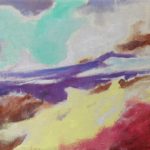 Untitled
Untitled
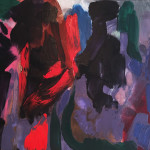 Scherazade
Scherazade
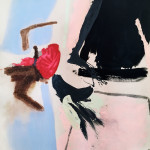 Untitled
Untitled
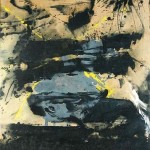 Untitled
Untitled
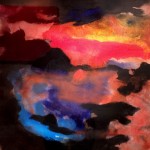 Untitled
Untitled
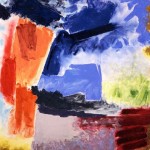 Landmark
Landmark